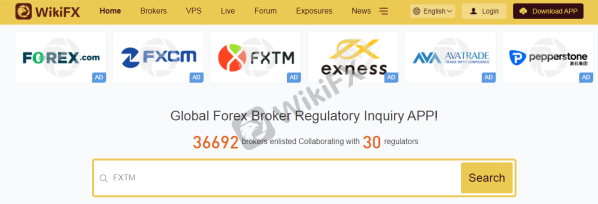
Countries around the world regularly publish statistics such as employment levels, gross domestic product (GDP), retail sales and inflation levels.
These economic data usually reflect the health of a particular country's economy and largely influence the price of a country's currency. Currencies are actually indicators of confidence in each country, so news releases usually trigger high volatility in the market and create multiple opportunities for traders.
The most important economic data releases
Economic news releases affect markets to varying degrees. Since the U.S. dollar accounts for approximately 90% of all currency trading, economic news from the U.S. usually has the greatest impact on the market.
The most important economic indicators for any country are central bank interest rates, retail sales, inflation data, unemployment rate and industrial output.
The initial market reaction to a press release usually lasts from 30 minutes to 2 hours, but the broader impact can last for several days.
Using financial calendars
Many global financial calendars are available online, which list the economic news events of the day. Each data release is categorized as high, medium or low based on its impact.
In addition, the calendar will list analyst forecasts (integrated forecasts) and prior values.
Traders will watch to see if the actual data hits, misses or exceeds the forecast level. Typically, when the data differs significantly from analytical expectations, there will be significant volatility.
If the actual data is better than forecast, the currency will usually appreciate. If issuance is worse than expected, then the currency tends to depreciate.
News trading strategies
There are a few different ways to trade the news. First, some traders try to predict the outcome of financial news releases and trade ahead of news and data releases based on the predictions.
When predicting economic data, there are clues that can be found in previous economic data. For example, when predicting U.S. employment data, you can use the employment section of the PMI report. If the employment section of all three reports increased from the previous month, this indicates that the number of new jobs created also increased.
A second strategy for trading the news is to wait for the data to be released and trade based on how the market reacts to this situation. For example, if retail sales in the U.S. significantly exceed expectations, sell EUR/USD based on the expected dollar strength.
The third strategy is to not refer to fundamentals and only consider previous prices. In other words, the trader does not anticipate the trend. This common strategy is to use the breakout level of the previous price range as an entry point. This can be done on a short term basis within day trading or on a daily basis.
Risks of news trading
The bid price usually expands prior to major news releases. This increases the cost of entering and exiting the market.
Slippage is another challenge. Slippage occurs when you try to enter the market at a certain price, but due to the extreme volatility following a news release, you may actually place an order at a less than optimal price.
Volatility is also a major challenge. Even if you are right about the direction of the market, sometimes this volatility is so dramatic that you can blow out your position.
Conclusion
Forex news trading offers exciting opportunities and as a result, volatility with frequency. Taking the time to study how the market reacts to various economic data will help you better predict future outcomes and provide you with the market insight you need to trade successfully. WikiFX is a global broker regulatory inquiry app that holds information of over 35,000 forex brokers in collaboration with 30 national regulators. Here, traders can find verified details of a certain forex broker before engaging with them. In addition to this, you can also see more forex news. Visit WikiFX's official website at www.wikifx.com.

Alternatively, download the free WikiFX app on Google Play/App Store.

Leave a Reply